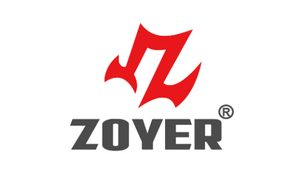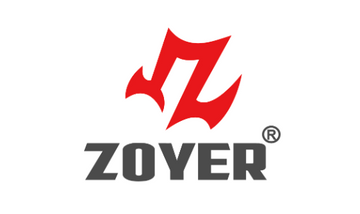Tennis elbow, medically known as lateral epicondylitis, is a common condition characterized by pain and inflammation on the outer part of the elbow. Despite its name, tennis elbow doesn't exclusively afflict tennis players; it can affect anyone who repeatedly uses their forearm muscles, leading to strain and overuse injuries.
The primary cause of tennis elbow is repetitive motion and overuse of the forearm muscles, particularly those responsible for extending and rotating the wrist. Activities such as tennis, hence the name, but also painting, typing, gardening, and even gripping heavy objects can contribute to its development. These movements strain the tendons attached to the lateral epicondyle, the bony bump on the outer part of the elbow, leading to microtears and inflammation.
Symptoms of tennis elbow typically develop gradually and worsen over time. The most common symptom is pain and tenderness on the outer part of the elbow, which may radiate down the forearm. This pain is often exacerbated by activities that involve gripping or wrist movement, such as shaking hands, lifting objects, or turning a doorknob. In severe cases, the pain may persist even at rest, disrupting daily activities and impacting quality of life.
Diagnosing tennis elbow usually involves a physical examination and a review of the patient's medical history. Imaging tests like X-rays or MRI scans may be ordered to rule out other potential causes of elbow pain, such as fractures or arthritis. Once diagnosed, treatment focuses on relieving pain, reducing inflammation, and promoting healing.
Conservative treatments are often effective in managing tennis elbow. Resting the affected arm and avoiding activities that exacerbate symptoms can help alleviate pain and prevent further damage. Ice therapy and over-the-counter pain relievers like ibuprofen or acetaminophen can help reduce inflammation and discomfort. Physical therapy exercises aimed at strengthening the forearm muscles and improving flexibility may also be prescribed to promote healing and prevent recurrence.
In some cases, more aggressive treatment may be necessary, especially if conservative measures fail to provide relief. Corticosteroid injections can provide temporary relief by reducing inflammation around the affected tendon. However, these should be used judiciously, as repeated injections can weaken the tendon and increase the risk of further injury. Platelet-rich plasma (PRP) therapy, which involves injecting concentrated platelets from the patient's own blood into the affected area, has shown promise in promoting tissue healing and reducing pain in some individuals.
Surgery is typically considered a last resort for severe cases of tennis elbow that do not respond to conservative treatments. The most common surgical procedure for tennis elbow is called lateral epicondyle release, in which the damaged portion of the tendon is removed to relieve pressure and allow new tissue to regenerate. While surgery can be effective in alleviating symptoms and restoring function, it carries risks like infection, nerve damage, and prolonged recovery time, so it is usually reserved for cases where other treatments have failed.
Preventing tennis elbow involves avoiding repetitive motions that strain the forearm muscles and practicing proper technique and ergonomics during activities that involve gripping or wrist movement. Using equipment with proper grip size and technique, taking frequent breaks, and incorporating strengthening and stretching exercises into your routine can help reduce the risk of developing this painful condition. Early recognition and treatment of symptoms are also key to preventing long-term complications and promoting a full recovery.





